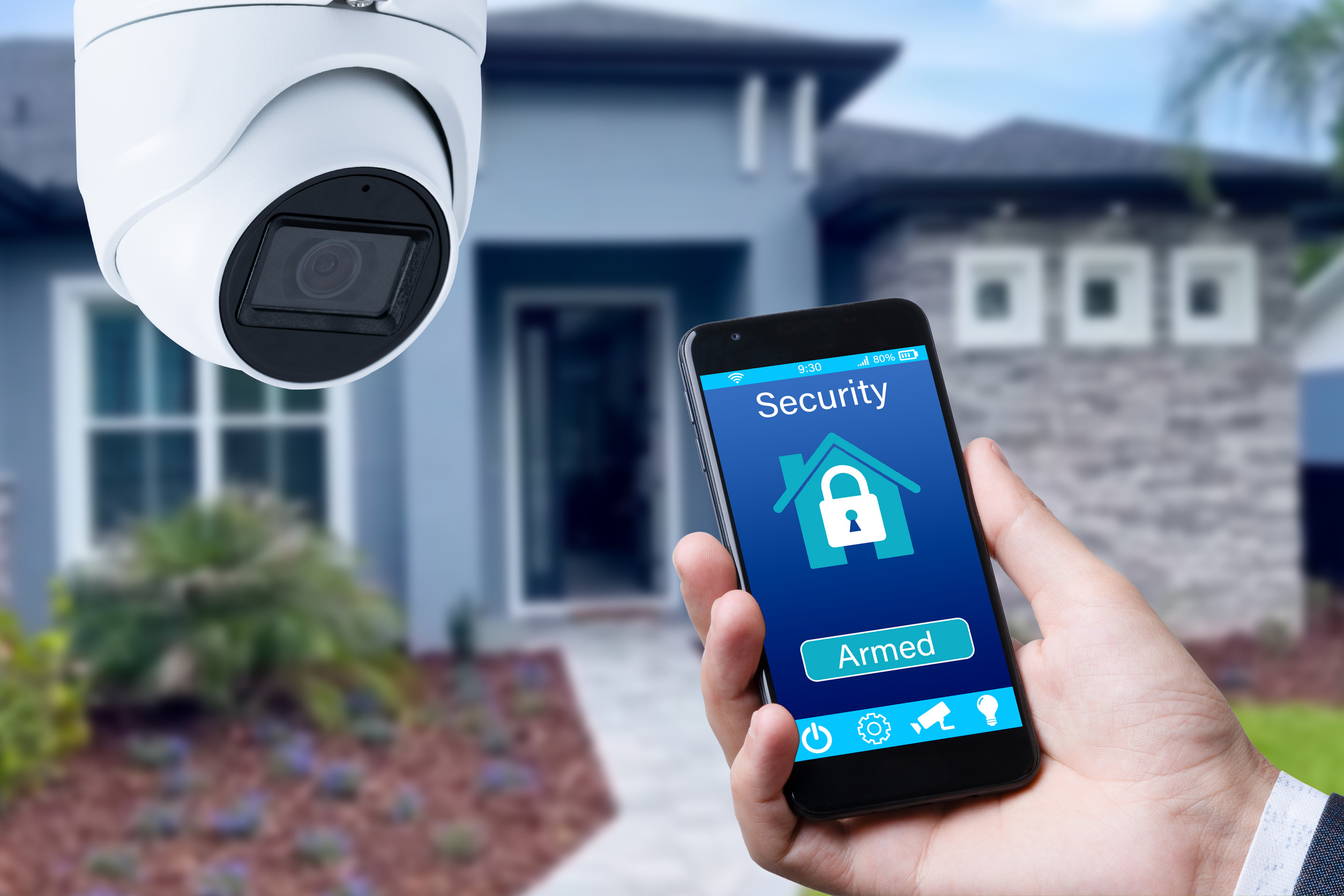When it comes to protecting your home, most parents think about locking doors, installing cameras, and setting alarms. But child safety requires more than the basics. Hidden home security gaps can quietly leave your kids vulnerable to everything from accidents to online threats and, in worst-case scenarios, targeted harm. Criminals and predators often look for easy entry points—both physical and digital—especially when children are involved. If you haven’t reviewed your home setup lately, now is the time to address these often-overlooked security gaps before they put your family at risk.
1. Outdated or Unmonitored Entry Points
One of the most common home security gaps is relying on locks alone to protect entryways like front doors, back doors, and garages. Kids often forget to lock up behind them, and basic locks can be picked or kicked in with minimal effort. If your doors and windows aren’t reinforced or connected to a monitored alarm system, your home may be an easy target. Smart locks and sensors add an extra layer of protection—and can be checked remotely when your child gets home from school. Reinforcing door frames and using video doorbells can also help identify suspicious activity before it becomes a threat.
2. Easy Visibility of Toys or Children’s Items
Leaving bikes, scooters, backpacks, or even car seats out in plain view can send a message: kids live here. That information may seem harmless, but to someone with bad intentions, it identifies your home as one with young, potentially unprotected residents. This is one of those home security gaps most families never think about, but it matters. Store items in the garage or behind a locked gate when not in use, and avoid putting your child’s name on outdoor gear where strangers can see it. Limiting visual clues makes your home less appealing to the wrong people.
3. Lack of Child-Specific Safety Zones
Your home may be secure overall, but are there designated areas where kids can play safely without exposure to hazards? Many homes have blind spots where kids can wander too close to driveways, busy roads, or unsecured gates. These overlooked home security gaps put kids at risk not just from outsiders, but from preventable accidents. Creating fenced-in play areas, installing childproof locks, and setting boundaries for where kids are allowed to roam helps reduce vulnerability. Consider adding outdoor cameras in common play zones for added oversight.
4. Unsecured Smart Devices
Home security gaps don’t stop at physical entry points—smart devices can also leave kids exposed. If your home’s Wi-Fi network or devices like baby monitors, tablets, or smart speakers aren’t password-protected or encrypted, hackers can gain access. Some predators even use unsecured webcams to spy or communicate with children. Change default passwords, set strong encryption on your router, and regularly update software on all connected devices. Monitoring your child’s screen time is important but so is protecting how they’re accessing it.
5. Poor Exterior Lighting
A well-lit home is a proven deterrent to intruders, yet many families still rely on porch lights alone. Side yards, backyards, and detached garages often remain dark—creating easy access points that aren’t visible to neighbors or passing cars. Motion sensor lighting is a low-cost fix to one of the most common home security gaps. It makes any attempt to sneak onto your property far more difficult. Lights near windows and walkways also help your child feel safer when playing outside or coming home after dark.
6. Over-Sharing on Social Media
This may not involve your locks or alarms, but it’s one of the most dangerous home security gaps today. Sharing your location, your child’s school, routines, or vacation plans online gives strangers a virtual map to your family’s life. Even innocent posts like “First Day at Oakwood Elementary!” can create a digital breadcrumb trail. Set your social accounts to private, be selective about who you accept as friends, and think twice before posting details that could identify where your kids are and when. Teaching older children to do the same is a valuable lesson in self-protection.
Security Starts with Awareness
Keeping kid’s safe starts by recognizing that many threats don’t come with flashing warning signs. The most dangerous home security gaps are often the ones we assume aren’t a big deal—until they are. By taking simple steps to protect entry points, manage visibility, secure devices, and stay cautious online, you dramatically lower the risks your family faces. A little prevention today creates peace of mind for years to come. Your home should be your child’s safest place, and that safety begins with the choices you make right now.
Have you discovered any surprising home security gaps in your own home? What changes made the biggest difference for your family? Share your tips in the comments!
Read More:
What to Do When Your House Is Too Big for You?
Accident Hotspots: 7 Home Areas That Are Accident Hotspots for Kids
The post Targeted Home: 6 Home Security Gaps Making Kids a Target appeared first on Kids Ain't Cheap.








